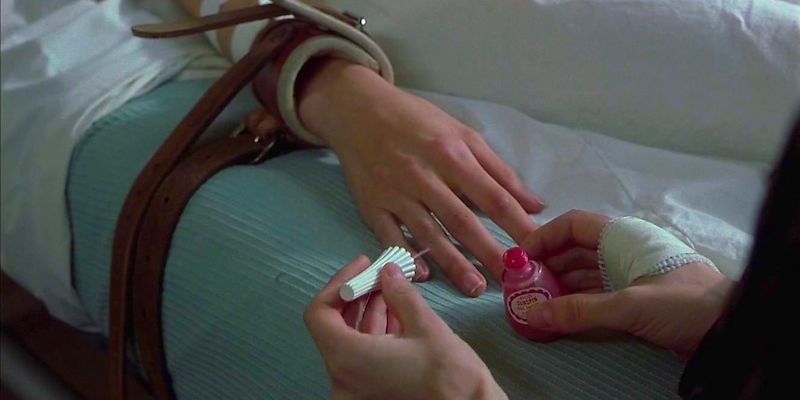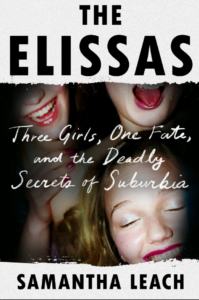The teens are not all right. According to a recent report by the Centers for Disease Control and Prevention, 42 percent of U.S. high schoolers had feelings of hopelessness or sadness in 2021. But the group that experienced these emotions most acutely was teenage girls, with nearly three in five of them feeling persistent sadness throughout the year. While these rates of sadness are the highest reported in a decade, such feelings are not uncommon amongst teenage girls. They’re at the core of my debut book, The Elissas, which follows my childhood best friend, Elissa, through her time in the Troubled Teen Industry where she met two other girls uncannily named Alissa and Alyssa who were battling depression, anxiety, and bipolar disorder, respectively. Mental health conditions that I believe were exacerbated by the negligent practices of such therapeutic boarding schools, and ultimately led to them meeting the same tragic fate—as none of these three young women lived past 26.
To better understand the Elissas, I had to dig deeper into the pervasive sadness each of them experienced, as well as the coping mechanism they adopted in response to their pain. (Which ranged from self-harm, to disordered eating, to emotional dependency, to drugs and alcohol.) And the following 9 books both helped me glimpse the battles they waged, as well as develop further empathy for this “in crisis” demographic at large.

Drinking: A Love Story by Caroline Knapp
Detailing the twenty years Knapp spent as a functioning alcoholic—beginning in her early teen years—this book made me understand the ways in which alcohol can serve as “liquid armor.” Substances can offer young women a way to protect themselves from past traumas, or mental health struggles, as it did for Knapp.

I Never Promised You a Rose Garden by Joanne Greenberg
This semi-autobiographical novel of a teen girl’s battle with schizophrenia became a modern classic upon its publication in 1964 for its unflinching look at institutionalization. And nearly 60 years later, there is much to be learned from Greenberg’s depiction of in-patient treatment, a fraught but still ever-popular approach for teen girls.
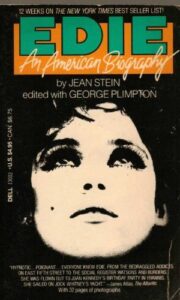
Edie by Jean Stein
The story of socialite Edie Sedgwick’s life, told via oral history, shines light both on the mark Edie made upon the art world as well as the perils of letting teenage girl’s mental health go untreated. Because despite being famous and glamorous, Edie’s demons—the trauma of her early life; the depression she suffered from—led her to die from a drug overdose at 29 years old.
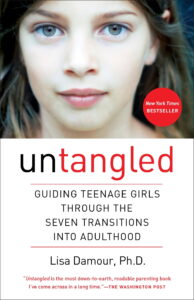
Untangled by Lisa Damour
What I admire so much about Untangled is the ways in which Damour is able to discern what is normal vs. worrisome behavior amongst teen girls. Prior to reading this book, I always felt commonplace rebellion—teen drinking, sexual exploration, etc.—was hard to tell apart from what kind of experimentation is rooted in sadness and depression. But Damour creates resources for parents, friends, and fellow teens to be able to evaluate teenage girls’ behavior and better care for them.

Girlhood by Melissa Febos
A coping mechanism that came up time and time again throughout my research on teenage girls was “promiscuity.” It’s something Febos herself grappled with, and is at the heart of her book, Girlhood. Having developed early, attention from romantic suitors became Febos’ currency. Being wanted was the first high she chased, long before becoming addicted to heroin in her twenties.
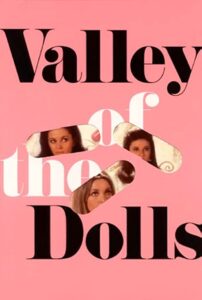
Valley of the Dolls by Jacqueline Susann
Like many suburban teenage girls dream of doing, Valley of the Dolls‘ protagonist, Anne Welles escapes the ennui of smalltown Massachusetts and moves to New York. But neither Anne—nor any of the other women of this book—can escape the pull of amphetamines and barbiturates. Using them to numb the pressures and feelings of depression they’ve struggled with since their adolescence.

Girl, Interrupted by Susanna Kaysen
Kaysen’s groundbreaking memoir follows the 18 months she spent at McLean Hospital, a much-respected psychiatric facility in Massachusetts, where she was treated for borderline personality disorder. When the book was published in 1993 it opened the floodgates for other women to come forward and begin writing openly and honestly about their own mental health struggles, with Elizabeth Wurtzel publishing Prozac Nation the following year. The book has since become known as the pioneer of the “Sad Girl lit” subgenre, which consists of stories about young women who are gripped by feelings of malaise.

Help at Any Cost by Maia Szalavaitz
In 2006, Szalavitz published this exhaustive study of the Troubled Teen Industry. The book examines the industry’s many origins from the cult of Synanon, to the World Wide Association of Specialty Programs and Schools, and Straight, Inc. The book is essential reading for anyone wanting to go deeper into the history of this industry.

Stolen by Elizabeth Gilpin
Gilpin herself is the survivor of the Troubled Teen Industry and in her powerful debut memoir she charts how her undiagnosed depression wreaked havoc on her life as an honor student and state-ranked swimmer, ultimately leading her to skip practices and turn to heavy drinking. Gilpin is unflinching in her depiction of her time in therapeutic boarding school, and what it took to pick up the pieces of her life upon graduation.
***

